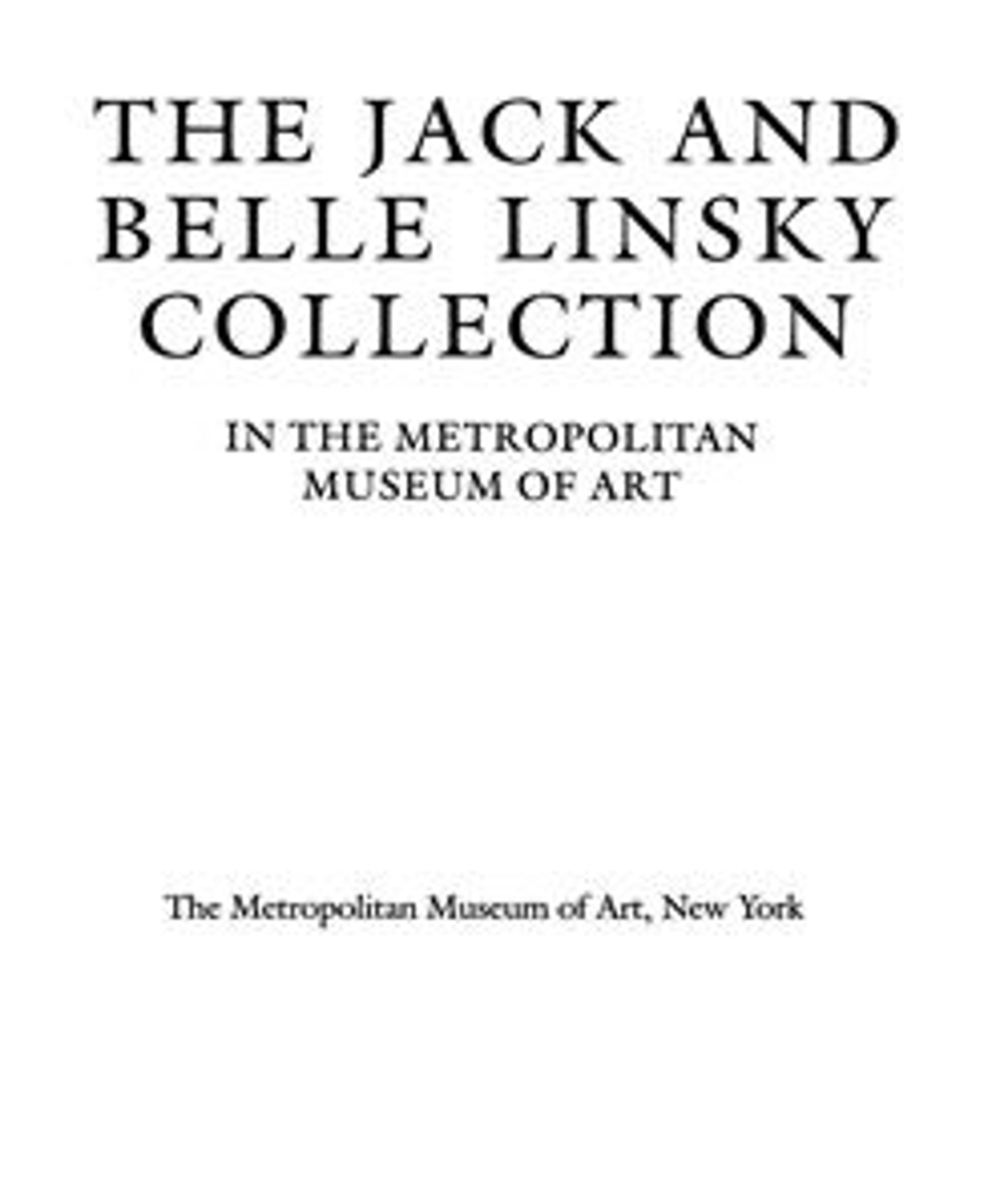Pendant in the Form of a Cross
While precise identification of this cross is difficult, the maker must have been familiar with more sophisticated goldsmiths’ work made in the second half of the sixteenth century. The schematic form of the crucified Christ, the inexpert use if basse-taille enameling techniques, resulting in the loss of most of the enamel that once covered the front of the cross; and the rather awkward chasing of some of the symbols of the Passion, overlaid with translucent enamels on the back, indicate that the cross was nor made in one of the major centers of European goldsmithing. The sides are inscribed ·ECCE·/·VT·/IMI/TERIS· and VT CONREGNES/COMPATERE [Behold. Suffer with Him in order that you may imitate Him and reign with Him (in Heaven)]. The cross is now a great deal more somber than its maker intended it to be, for, in addition to the loss of the dark blue enamel that once covered the front, only traces remain of the red, green, and white enamels that enlivened the foliate decorations at the ends of the arms.
Artwork Details
- Title:Pendant in the Form of a Cross
- Date:probably late 16th century
- Culture:European
- Medium:Enameled gold
- Dimensions:Height: 4 1/4 in. (10.8 cm)
- Classifications:Jewelry, Metalwork-Gold and Platinum
- Credit Line:The Jack and Belle Linsky Collection, 1982
- Object Number:1982.60.379
- Curatorial Department: European Sculpture and Decorative Arts
More Artwork
Research Resources
The Met provides unparalleled resources for research and welcomes an international community of students and scholars. The Met's Open Access API is where creators and researchers can connect to the The Met collection. Open Access data and public domain images are available for unrestricted commercial and noncommercial use without permission or fee.
To request images under copyright and other restrictions, please use this Image Request form.
Feedback
We continue to research and examine historical and cultural context for objects in The Met collection. If you have comments or questions about this object record, please contact us using the form below. The Museum looks forward to receiving your comments.
